- Home
- The Company
- Our Products
- Customer Services
- Shipping Details
- Contact Us
- REQUEST QUOTE
FULL DRESS TUNICS
By 1881 the British hussar tunic was approaching its final form. Inspired by the German and Austrian Attila, the garment introduced in 1856 was long skirted and bore six loops of frogging across the front (Light dragoons had the same tunic but with five loops). In 1874 the skirts were shortened to nine inches, in line with all other cavalry regiments. Each of the thirteen hussar regiments that existed at the beginning of Queen Victoria’s wore essentially the same uniforms except for minor, but important details.
The 1883 regulations state that the tunic was of blue cloth, edged all round including the bottom of the collar with gold chain gimp. Across the breast were six loops of the same gold lace with caps and drops on each side and fastening with gold worked olivets. On the back seams a double line of lace forming a crow’s foot at each shoulder and an Austrian knot at the bottom of the skirt. The lace was traced all round with a thin line of lace. A netted cap upon the lace on each side of the waist. The shoulder-straps were of plaited gold chain gimp lined with blue and bore the rank badges in silver.
The cuffs were decorated as follows:
Lieutenants – A gold chain gimp Austrian knot reaching 8 inches from the cuff edge. A tracing of gold lace around the knot.
Captains – A row of braided eyes around the knot reaching 9 inches from the cuff edge.
Field Officers – Figured braiding around the knot reaching 11 inches from the cuff edge.
In general instructions for all cavalry, the collar was to be rounded in front and not to exceed 2 inches. There was a ¾ inch edging of regimental lace around the top and front of the collar. They were decorated as follows.
Lieutenants – A tracing of gold lace beneath the lace
Captains – A row of braided eyes beneath the lace
Field Officers – Figured braiding beneath the lace. (Essentially larger eyes)
In the 3rd Hussars the collar was of scarlet cloth and the 13th Hussars of white cloth (described as ‘buff’ in the regulations)The 1891 regulations showed no changes whatsoever to the tunic descriptions. In 1893 the collars were ordered to be square, but continued to be 2 inches high and remained the same in the 1900 edition.
FREE SHIPPING ON ALL ORDERS
Valid on all orders until 5/19/21. Use code “free_shipping”.

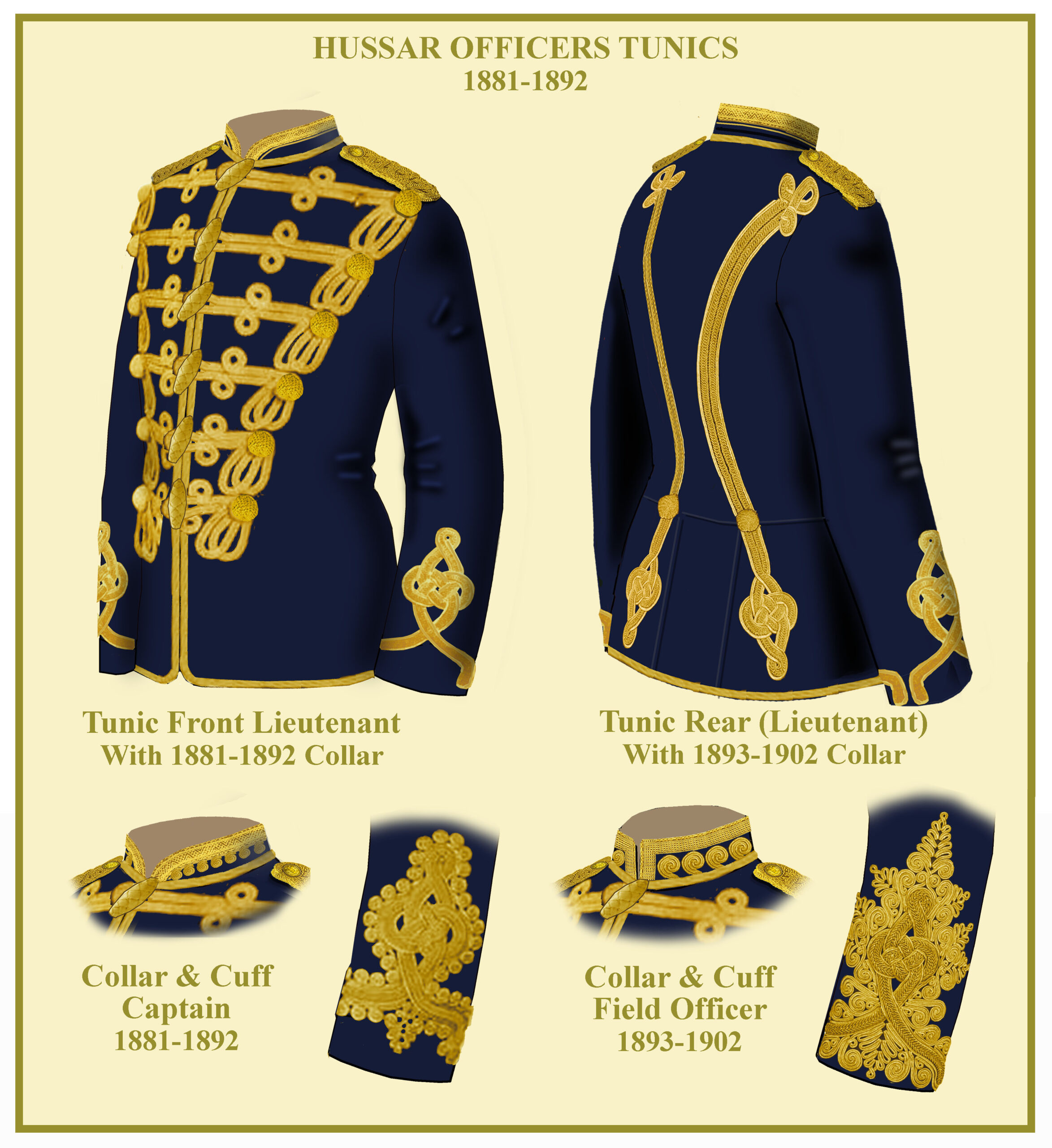
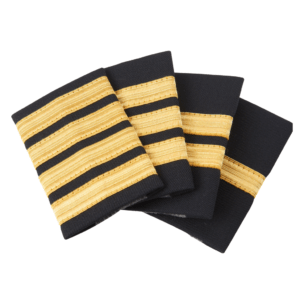
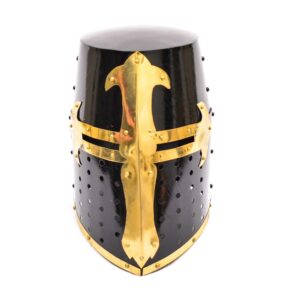
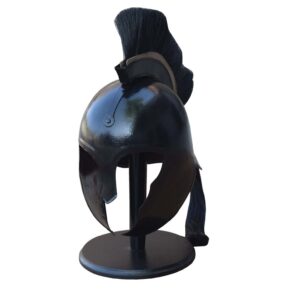
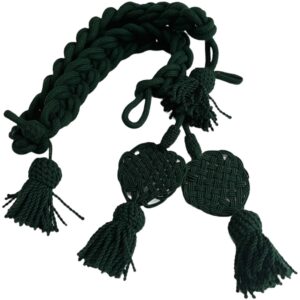


Reviews
There are no reviews yet.